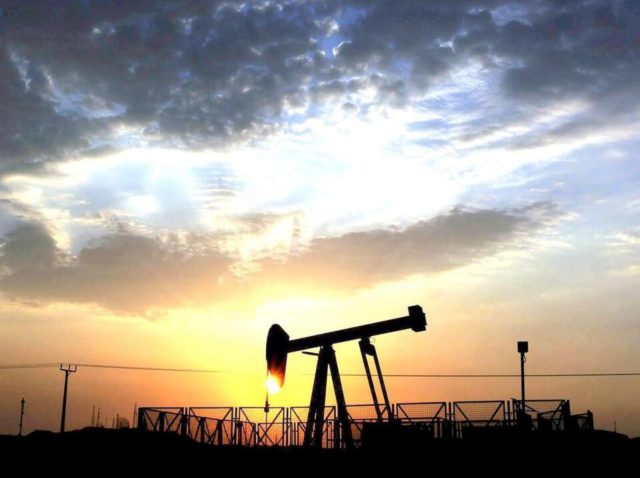Oil prices are down 15% since their high in mid-June, which has contributed to dulling the inflation measures, and a significant fuel price cut is expected in September.
GLOBAL oil prices marched back towards the $100-mark per barrel on Friday due to temporary supply disruptions and rising demand forecasts in spite of recession fears.
Shell and Chevron on Thursday briefly halted oil production at several platforms in the Gulf of Mexico after a leak shut two pipelines connecting the platforms, but pipeline service resumed on Friday.
This saw the price of Brent crude oil rebounding 2.4% from last week’s sharp decline to $99.39 per barrel by close of trade on Friday, before paring gains in the evening.
Meanwhile, the International Energy Agency (IEA) raised its forecast for global oil consumption by 380,000 barrels per day to 2.1 million, citing a global switch from natural gas to oil due to supply shocks and surging gas prices.
The IEA also said that the Organisation of the Petroleum Exporting Countries (OPEC) had limited spare capacity and cannot raise output much higher as OPEC has cut its forecasts for this year’s oil demand by 260 000 barrels per day to 3.1 million from to 3.36 million.
Citadel Global director Bianca Botes, on Friday, said Brent crude had risen as investors balanced a bullish report from the IEA against a larger-than-expected increase in US oil stockpiles and the resumption of oil flows on the Russia-to-Europe Druzhba pipeline.
“The IEA has raised its oil demand estimate for 2022, saying higher natural gas and electricity prices will lead to more gas-to-oil switching,” Botes said.
“Demand for oil will further be fuelled by a near 20% drop in Russia’s oil output by the start of next year when the EU ban takes effect.”
Bullish support also came from easing concerns that the US Federal Reserve will engage in prolonged demand destruction to curb inflation.
This is after US Consumer Price Index (CPI) figures surprised on the downside on Wednesday, slowing to 8.5% in July from a 40-year high of 9.1% in June.
The cooling off inflation is expected to slow the aggressive rates hike by the Federal Open Market Committee (FOMC), and also feed into the South African Reserve Bank (SARB) rates decision next month.
The SARB raised the key repo rate by more than expected 75 basis points last month after inflation printed at 7.4% in June, staying above the higher end of its target range for the second month in a row.
The SARB also signalled further aggressive monetary tightening ahead to tame the surging domestic inflation driven by rising fuel and food prices.
However, oil prices are down 15% since their high in mid-June, which has contributed to dulling the inflation measures, and a significant fuel price cut is expected in September.
The Energy Information Agency of the US forecasts the spot price of Brent crude oil will average $105 per barrel in 2022 and $95 per barrel in 2023.
Investec chief economist, Annabel Bishop, said the moderating trend in international energy prices since June had fed through into somewhat lower inflationary pressures in July for US CPI.
Bishop said inflation in South Africa could record around the same rate of 7.4% in July before moderating to 7.2% in August, which could prompt the SARB to hike rates by only 50 basis points instead of 75 basis points’ hikes delivered respectively at the two meetings.
“The lower inflation figures also reflect some start to the normalisation in price pressures following the surge in demand post Covid, which drove them higher, although it should be noted that the inflation measures are still at high levels, and have only seen mild subsidence,” Bishop said.
“The SARB tends to follow the FOMC and the US inflation rate is not expected to be substantially near 2% by then, either the CPI or core Personal Consumption Expenditures deflator measures, making hikes still likely.”
– BUSINESS REPORT








